How Many Different Face Oils Can You Use At Once? Read Now!
Last Updated on January 29, 2023 by Aysenur Yashar
Face Oils are an incredible addition to any skincare routine and I can say that I am using face oils almost religiously, two times a day. My experience has shown me that the best results and glow I get are when I combine different face oils instead of using them alone. Well, I am a medical student and medicine has thought me that there is a magic dose to every ingredient. Here is the one about the face oils!
Using 2 different face oils for up to 6 drops in total can provide enough active ingredients to your skin to see the desired results. Combining 2 different face oils with 3-4 drops from each should be enough to provide your skin with the active ingredients of that natural oil! The amount of face oil you use will depend on your skin’s needs and your skin type, but using more than 6-7 drops can leave your skin too greasy and take longer to absorb.

How Many Different Face Oils can be Combined at Once?
I am a bit of a Face Oil fan! Face oils are an amazing blend of natural plant oils that contain active ingredients. They can contain the oil from one plant or multiple plants, like rosehip oil or avocado oil. Face oils are a great way to deliver some active ingredients, lock hydration and give a glow. But how many face oils are too many face oils?
I recommend combining 2 different face oils, your choice of any plant oil!
Here is a snippet of my experience of using face oils every day, for more than a year! Using more than 2 different face oils can make it difficult or prolong the process of seeing the beneficial results. This is simply because you will need more of the active ingredients to see results, but there is only so much your skin can absorb. So you will end up putting only 1 or 2 drops of each different face oil and this much amount might not provide your skin with enough active ingredients.
In summary, more than 2 different face oils will make it harder and prolong the process of seeing the beneficial results of those face oils. Rather than using them at once, use them on separate days. 🙂
For example, mix your rosehip oil and jojoba oil three days a week and the other days change the jojoba for avocado oil. Mix and match, that is the fun part about it!
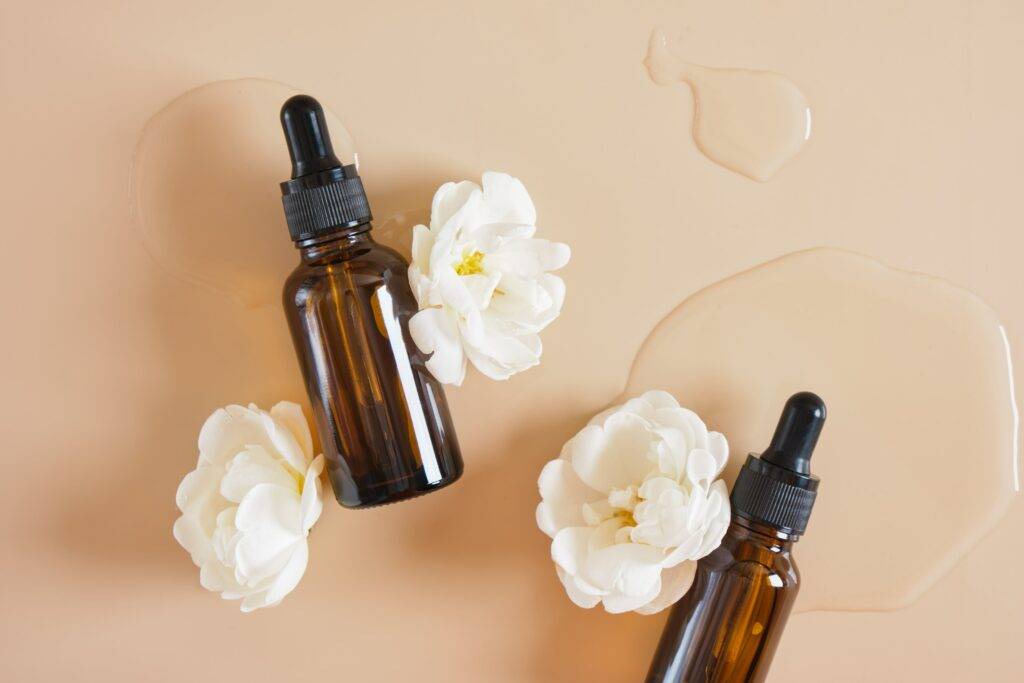
How Many Drops of Face Oil Do You Need?
There is a unique number for everyone. My experience has shown that using 6 drops works great for me. Adding higher amounts of face oils can, unfortunately, clog your pores. Why is that actually?
Face oils are, well, oils and they are supposed to have a high content of healthy fats in them. This fatty and oily consistency can make them comedogenic and clog our pores and unfortunately lead to breakouts. Moreover, adding more drops of face oil will just make your skin more oily and will take so much longer for your skin to absorb.
People who have dry skin tend to overload on face oils, thinking that more hydration and oils are better. I am certainly the primary suspect here, I admit. But if your face is too oily for a longer period when you put sunscreen or foundation on top, the oil can dissolve them and make them stickier.
This is actually what happened to me earlier this week, I put too much face oil but did not have the time to wait for it to absorb. Rushingly, I put my sunscreen on top and the oil made my sunscreen a little stickier than usual.
Find the magic number of face oil drops for you or just start with 6 and work around it. Try not adding too much but also try not adding too little – you still want to glow and get results!
What Face Oils can be Mixed Together For Face?
This is the real fun part! Choosing and mixing face oils will completely depend on the needs of your skin. But some combinations are indeed better than others ones and some plant oils are like staples in skincare. Here is a small list of benefits of each oil type so you can choose from them.
Different Face Oils and Their Benefits
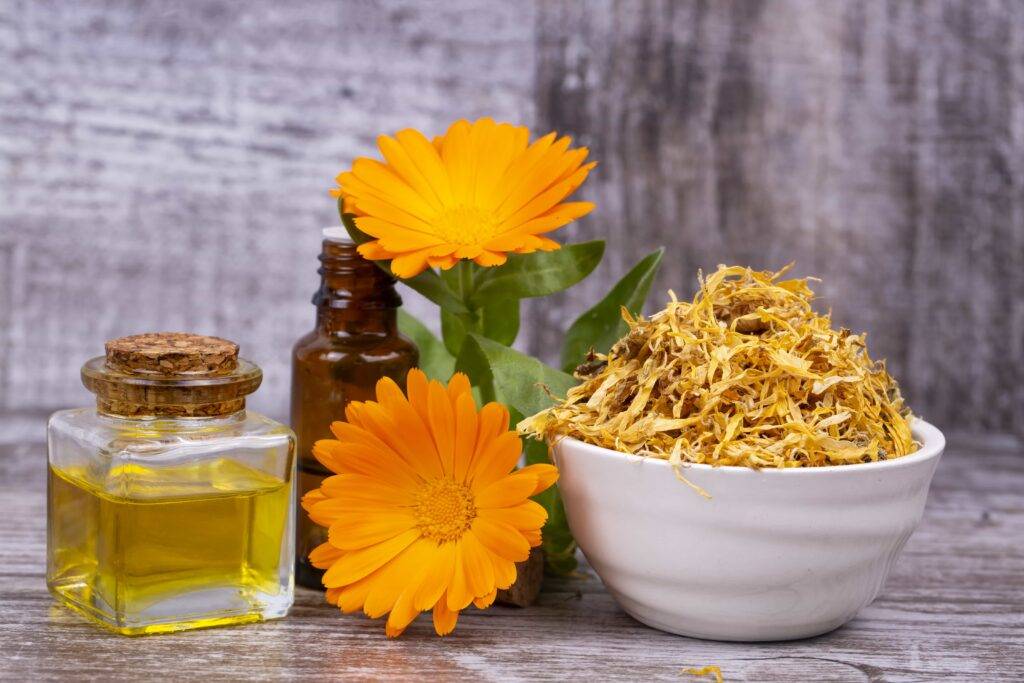
Avocado Oil is very rich in fatty acids, especially Oleic Acid. The high amounts of Oleic acid make avocado oil very nourishing and moisturizing for especially dry, chapped, and mature skin. It would be safer if you avoid avocado oil if you have an acne-prone skin type. Best suitable for dry, mature skin.
Rosehip Oil is a great emollient with a high amount of fatty acids making it great for hydration. High amounts of vitamin C make it great for skin brightening. Rosa Rubiginosa Seed Oil, a type of rosehip oil, contains trans-retinoic acid. This helps with anti-aging, reducing wrinkles, and even treating acne! Rosehip oil is suitable for every skin type!
You can read more on different rosehip oils and how to find the most suitable one for you, here.
Jojoba Oil is a wax ester so it has a crazy long shelf life. It is very similar to human sebum which may help with oily skin. It can moisturize thoroughly and help other oils get deeper into the skin layers. It also has anti-oxidative properties. It is best suitable for oily and acne-prone skin types, but any skin can benefit from it!
You can read more about jojoba beads which are derivates of jojoba oil, here.
Calendula Oil is a true multitasker. It can give hydration and also soothe reddened and irritated skin due to its anti-inflammatory properties. Calendula oil can speed up wound healing as well, that is why you can find it in some wound healing creams. It is best suitable for dry to sensitive skin types.
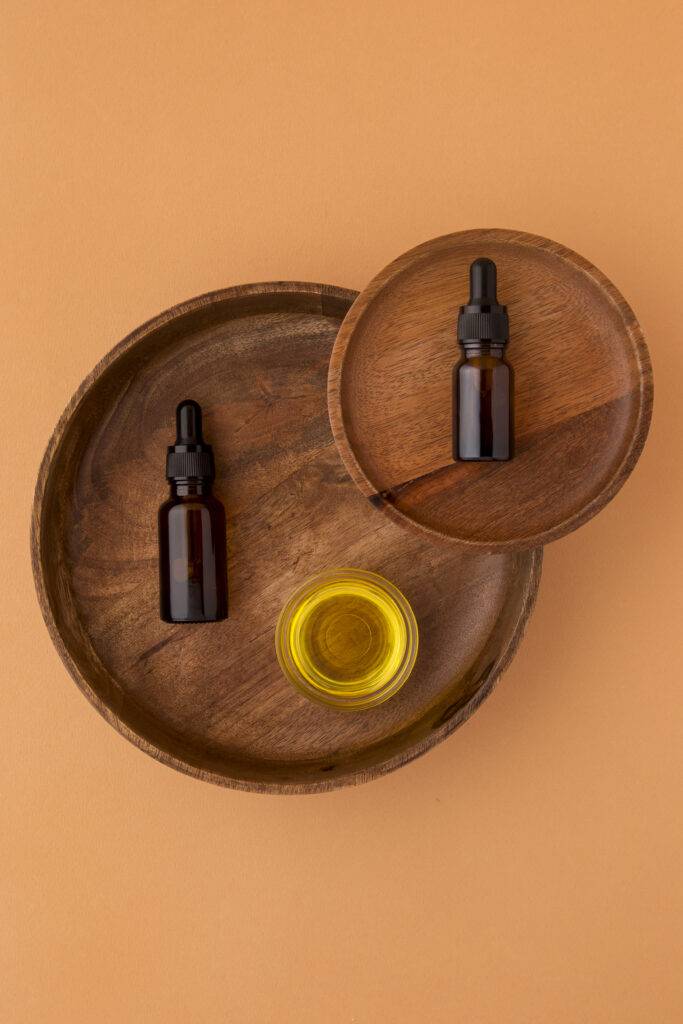
Should You Apply your Face Oil Before or After your Moisturiser?
It is best when face oils are applied after moisturizing. Face oils can form a barrier over the skin and prevent loss of moisture. They are great at locking hydration and you need to have hydration in the first place . Moisturizing before using your face oil will provide your skin with enough moisture and now your face oil can seal it and give some further hydration. Face oils also prevent Trans Epidermal Water Loss which is very important for that prolonged hydration that we are after.
It is also important to note that you should give enough time for your moisturizer to get absorbed before applying your face oil. Applying it too fast will just result in diluting your moisturizer and none of them getting absorbed properly.
What is the difference between Face Oil and Face Serum?
While doing my research on face oils there was a huge debate on face oils versus serums. So here I am trying to settle it down.
Serums are skincare products that contain high amounts of a certain active ingredient that targets a specific concern of your skin. Face oils, on the other hand, are derived from the seeds, flowers, and fruits of plants. They contain the natural active ingredients of that specific plant type.
Face oils can also target specific concerns of your skin, you just would need to pick the right face oil. Beware that face oils mainly function by nourishing and moisturizing the skin whereas if you have a specific concern you want to address serums would be your go-to product.
For example, rosehip oil can brighten your skin due to high amounts of vitamin C but if you want a more prominent brightening and/or you to have a bigger skin concern around pigmented skin, then adding a vitamin C serum alongside to your rosehip oil would give great results!

Thank You For Reading! Please let me know if you have tried any face oils and what you think – how many different face oils should we be using?
I would love to know if this blog helped you in any way or what you would like to see more in this blog!
Bye Bye, till next time!

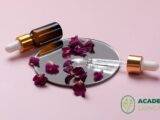

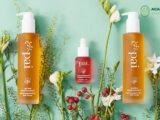


Wonderful website with a ton of useful information. I’m forwarding it to some friends and also posting it on Delicious. Of course, I appreciate your effort.